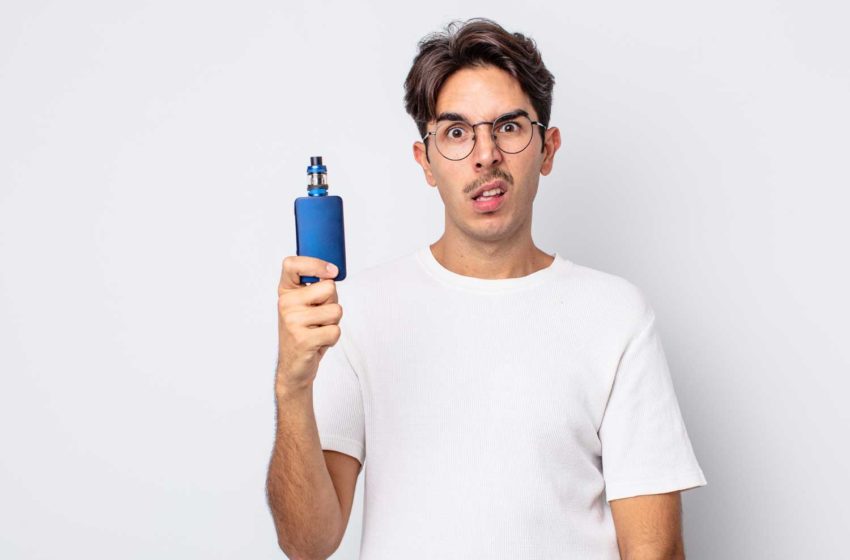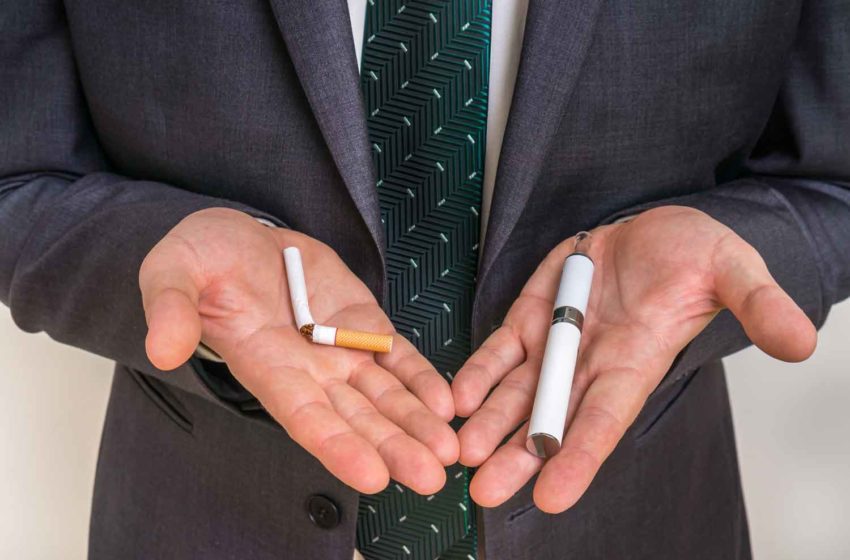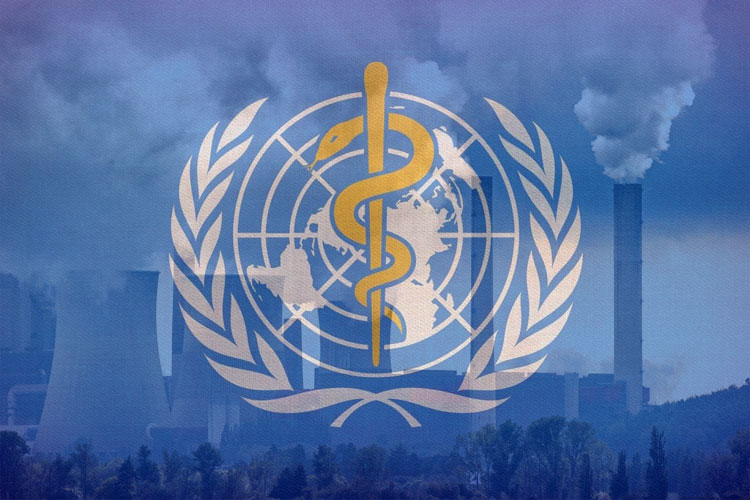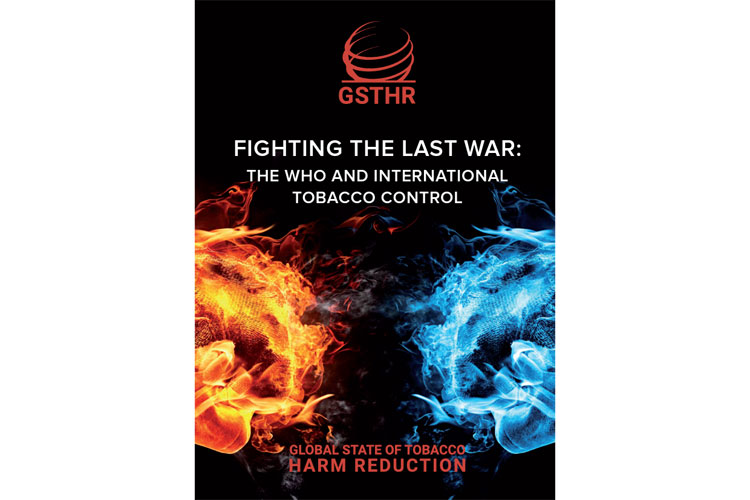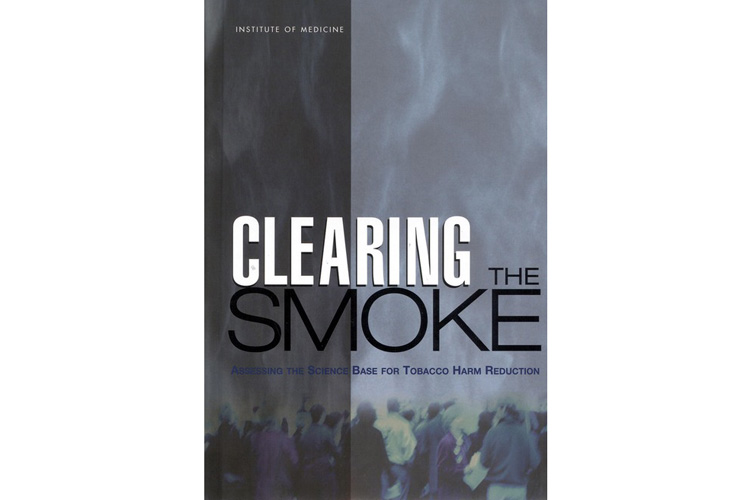The other COP, of the Framework Convention on Tobacco Control (FCTC), created by the U.N.’s World Health Organization and run by the FCTC secretariat, follows a completely different tack. It is notionally intended for addressing the harms to society and the world due to risky forms of smoked (cigarettes, bidis, cigars) and smokeless (khaini, gutkha, zarda, etc.) tobacco products that over a billion people consume today. The FCTC is ratified by most of the countries in the world (the USA and Indonesia being notable exceptions), and the ninth Conference of Parties from Nov. 8–13 will see yet another biannual get together making decisions that affect 1.3 billion tobacco users, their families and millions from the tobacco supply chain globally. However, it is held behind closed doors, driven by health activists that simply see the tobacco industry as the problem and tobacco users as AstroTurf for the tobacco industry. Neither are allowed anywhere near the meeting nor are the lay media.
The FCTC, in its simplest form, is a demand and supply reduction treaty, underpinned by tobacco harm reduction principles. Broadly, what this could mean in policy as well as practice is that those not currently using risky forms of tobacco products, especially children and young adults, should be disincentivized from initiation, and those currently using risky forms of tobacco should get the necessary help to quit. This may take the form of providing nicotine-replacement therapy, prescription medications and behavioral support. It could also mean that those involved in the supply chain, such as farmers and bidi worker women, should be given support to switch to alternative livelihoods.
Sixteen years on from the ratification of the FCTC, great progress has been made in adopting parts of the treaty that relate to demand reduction by prevention of initiation into national regulations. Advertising campaigns, tax hikes, health warnings and packaging and sale restrictions have led to significant reductions in initiation, especially among youth. On the other hand, support to current users of risky forms of tobacco remains wanting, lacking innovation and largely under-funded.
The nicotine in these products makes consumers dependent. The cancers, however, are caused by the toxic chemical mix in the smokeless products and from the smoke itself—but not the nicotine. Pharmaceutically licensed nicotine-replacement therapy products, in the form of gums and patches, are on the WHO’s model essential medicines list for tobacco dependence treatment. It is scientifically proven: Quitting risky forms of tobacco (cessation) is not easy; relapse is very common. The high retail price of the cessation products, poor availability and inadequate training of doctors in prescribing these cessation treatments means that current tobacco users miss out on any meaningful access and support.
It is easy to point to the tobacco industry’s morally and ethically unacceptable behavior for most of the 20th century that led to the smoking epidemic globally, and even today, to the manufacturers of gutkha and pan masala in India who are fueling an oral cancer epidemic. Based on this historical context, the COP organizers exclude this industry from their deliberations. Sadly, that exclusion extends to consumers, effectively the current and future patients suffering from tobacco dependence.
This raises a sticky question: Are the global public health community, led by the WHO’s FCTC signatories who meet every two years formally at the COP, simply giving up on the 1.3 billion current users of cigarettes, bidis, khaini and gutkha-like products, letting them die preventable premature deaths, for the want of adequate cessation products and support? Would public health not benefit from a wider range of innovative nicotine-replacement products, manufactured to high standards, regulated appropriately and specifically available as cessation aids for current adult users of risky tobacco products?


